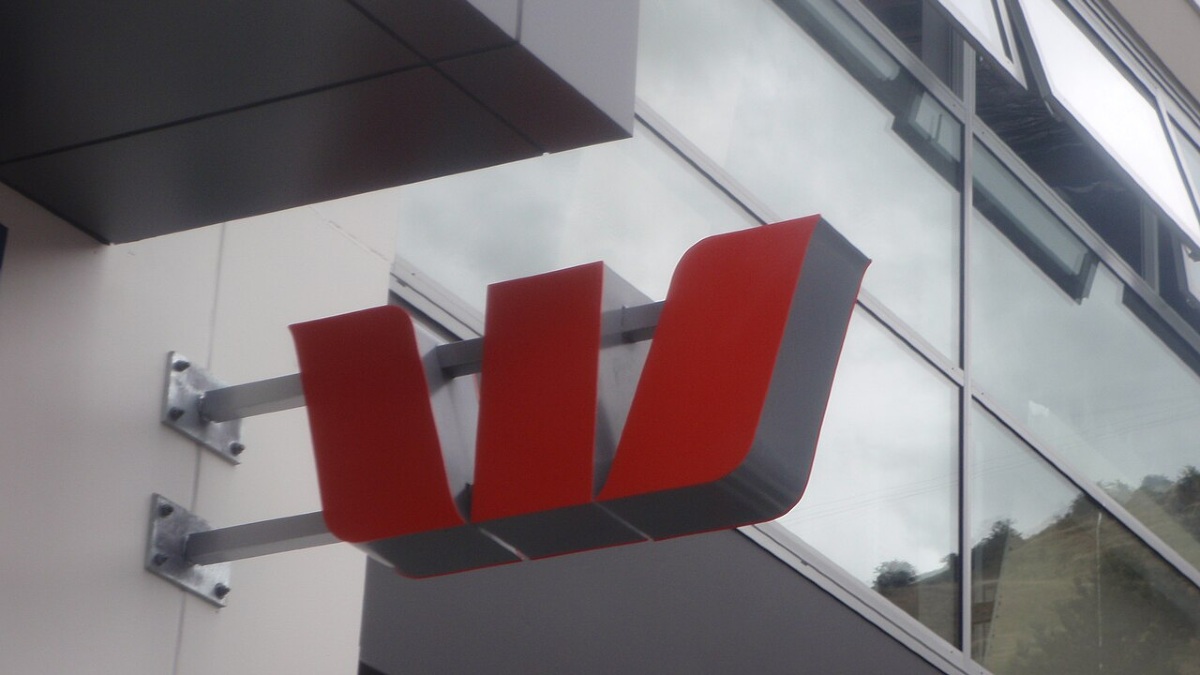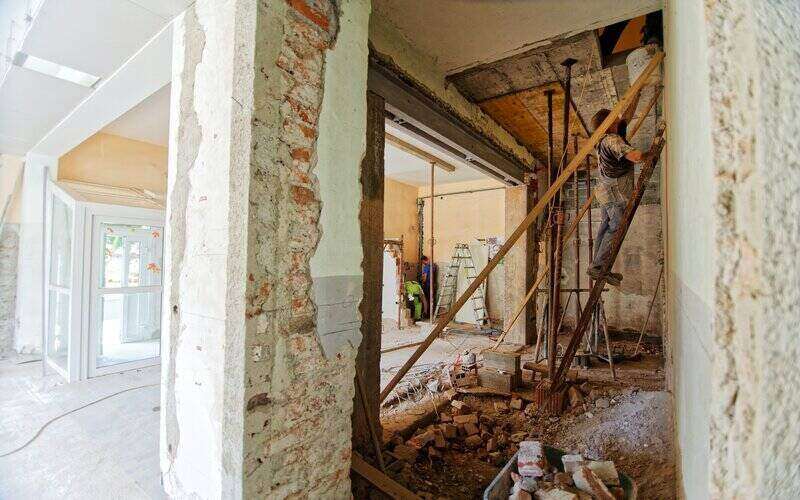Opposition housing spokesperson Michael Sukkar made the announcement on Monday, promising a Coalition government would "reform" the Australian Prudential Regulation Authority (APRA) to drive home ownership - if it wins the May election.
Mr Sukkar describes the current serviceability buffer of 3% as "overly cautious", with the rate unchanged even as the cash rate has risen to above 4%.
See also: No cash rate cut likely in April
The serviceability buffer is a percentage figure that a lender is expected to apply in the home loan application process to give borrowers a fair chance of continuing to make repayments if their financial circumstances change.
For example, with a buffer of 3%, borrowers applying for a home loan with an interest rate of 6% must be assessed to determine whether they'd still be able to make repayments if their interest rate was to rise to 9%.
Mr Sukkar says the rule is locking too many Australians out of home ownership, not because they can't afford a mortgage but because the rules are too inflexible.
What is the serviceability buffer?
APRA introduced a 2% home loan serviceability buffer in December 2014 when the Australian property market was running hot and there were high levels of household debt.
APRA periodically reviews and adjusts the rates according to prevailing economic conditions in a bid to ensure stability of the financial system.
It was lifted from from 2.5% to 3% in October 2021.
In recent years, some major home lenders including National Australia Bank and the Finance Brokers Association of Australia have called for the buffer to be lowered.
See also: A 2% serviceability buffer more realistic: Firstmac CFO
In November 2024, a Senate committee called on APRA to reduce the buffer for first home buyers.
However, Australia's two biggest home lenders CommBank and Westpac told the committee they believe the rate should be held at 3% to guard against loan defaults rising and keep the financial system stable.
Mr Sukkar said the buffer was introduced when interest rates were near zero but had remained unchanged even with the cash rate sitting above 4%.
As interest rates have risen since May 2022, he argued the buffer has effectively locked more and more people out of buying a home.
The buffer is also not set in stone; in mid-2023 several prominent banks lowered it to 1% for refinancers in good financial standing with the bank.
Since then home loan serviceability waivers and exceptions have reached record highs according to the latest APRA data.
How will the Coalition change the serviceability buffer?
But even if the Coalition was to win government at next month's election, the federal government currently has no power to adjust the serviceability buffer.
Instead, Mr Sukkar said it would change APRA's Statement of Expectations to "ensure the regulator also supports broader economic objectives" such as home ownership and fair access to finance.
He didn't outline what new buffer the Coalition would seek and insisted the move would not undermine the regulator's independence or mandate to ensure financial stability.
"Right now Australians without access to the 'Bank of Mum and Dad' are punished by higher borrowing costs - even when the actual risk is the same or lower," he said.
"That's a systemic bias in favour of inherited wealth. We will remove it."
What effect would dropping the serviceability buffer have?
Lowering the serviceability buffer would have the immediate effect of allowing more people to qualify for home loans and increase borrowing power for applicants.
Some commentators argue this would ultimately have the flow-on effect of increasing housing prices.
It may also lead contribute to more home loan defaults and repossessions if borrowers take on loans they may struggle to repay, particularly if their financial circumstances change.
The Australian Greens have said they oppose any change to the buffer as it acts as a safety net to ensure borrowers "don't get in over their heads" when they enter the property market.
In its 2025 market preview, released in January, leading property analyst CoreLogic said lowering the serviceability buffer to 2.5% could boost housing activity through increased borrowing capacity.
However, CoreLogic said this was not guaranteed, with APRA noting in its November statement the risk of financial shocks hasn't abated and high household debt levels remain a major concern.
So far, APRA has not responded to the federal Opposition's plan to reform its operating parameters.
Advertisement
Buying a home or looking to refinance? The table below features home loans with some of the lowest interest rates on the market for owner occupiers.
| Lender | Home Loan | Interest Rate | Comparison Rate* | Monthly Repayment | Repayment type | Rate Type | Offset | Redraw | Ongoing Fees | Upfront Fees | Max LVR | Lump Sum Repayment | Additional Repayments | Split Loan Option | Tags | Row Tags | Features | Link | Compare | Promoted Product | Disclosure |
|---|---|---|---|---|---|---|---|---|---|---|---|---|---|---|---|---|---|---|---|---|---|
5.79% p.a. | 5.83% p.a. | $2,931 | Principal & Interest | Variable | $0 | $530 | 90% |
| Promoted | Disclosure | |||||||||||
5.74% p.a. | 5.65% p.a. | $2,915 | Principal & Interest | Variable | $0 | $0 | 80% |
| Promoted | Disclosure | |||||||||||
5.84% p.a. | 6.08% p.a. | $2,947 | Principal & Interest | Variable | $250 | $250 | 60% |
| Promoted | Disclosure |
Image by Anete Lusina via Pexels
In the interests of full disclosure, Savings.com.au is an associate of Firstmac. Read about how Savings.com.au manages potential conflicts of interest, along with how we get paid.

Ready, Set, Buy!
Learn everything you need to know about buying property – from choosing the right property and home loan, to the purchasing process, tips to save money and more!
With bonus Q&A sheet and Crossword!






 Harry O'Sullivan
Harry O'Sullivan
 Denise Raward
Denise Raward

 Alex Brewster
Alex Brewster
 Jacob Cocciolone
Jacob Cocciolone

